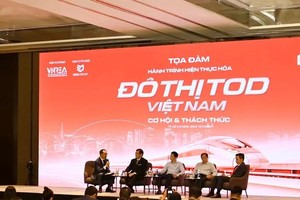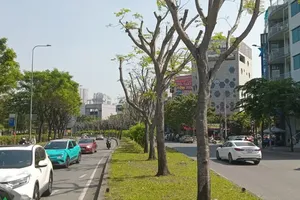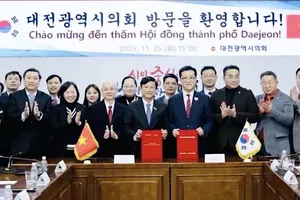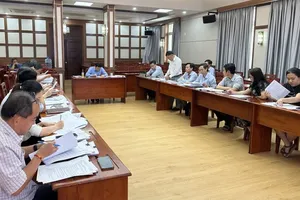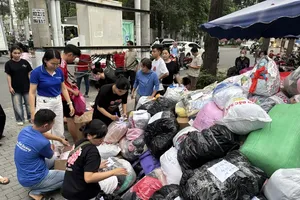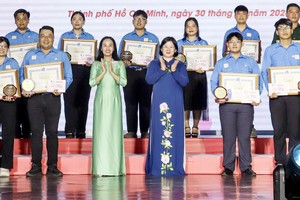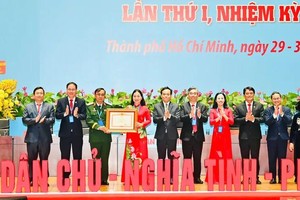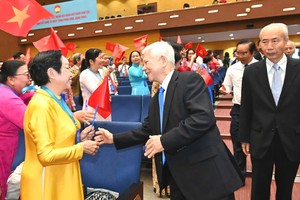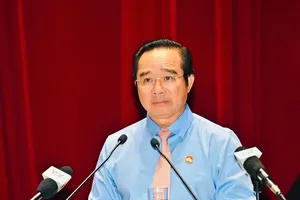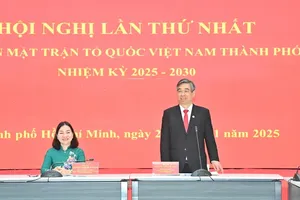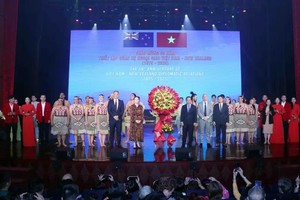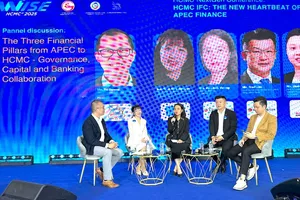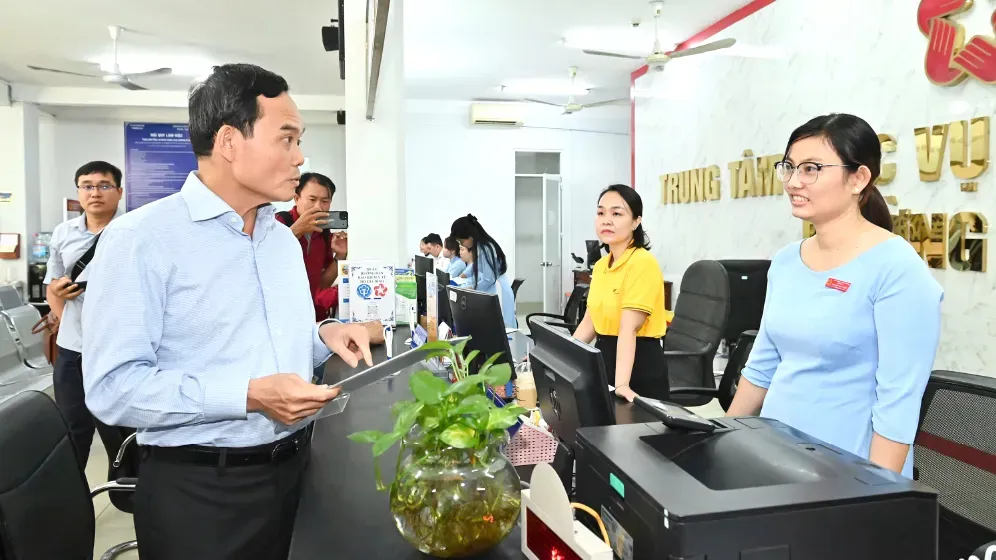
The upcoming 2025–2030 term marks a historic turning point for Ho Chi Minh City. For the first time, under the direction of the Party and the National Assembly, the city merged with Binh Duong and Ba Ria–Vung Tau provinces. From July 1, 2025, the new, unified Ho Chi Minh City has officially operated on an expanded scale which is larger in area, population, and economic potential.
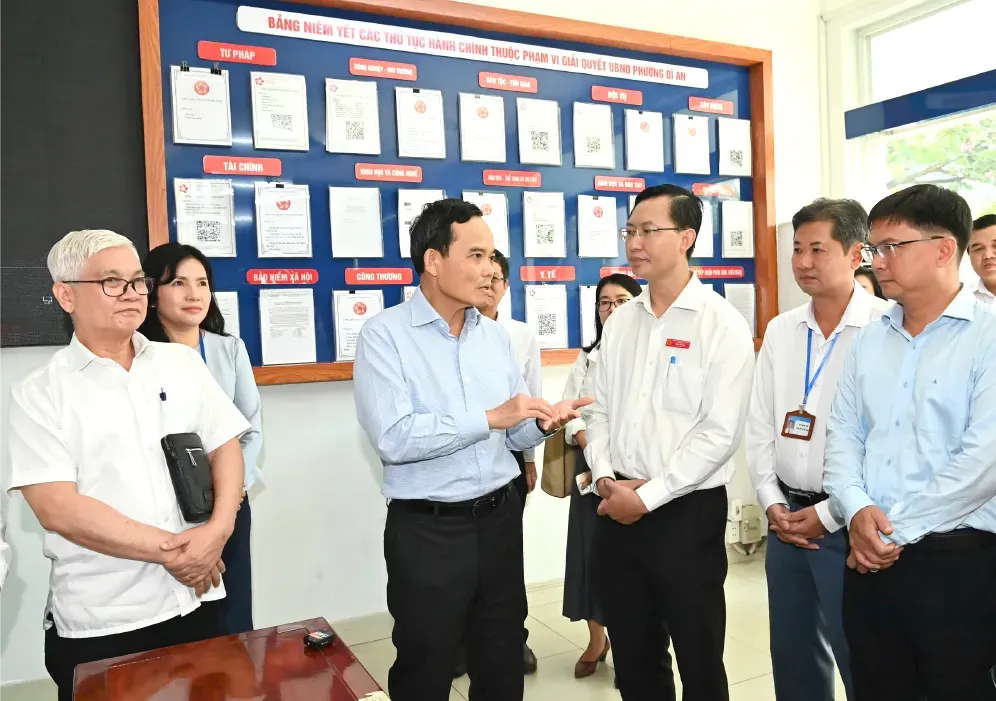
This merger brings together diverse strengths such as advanced manufacturing, seaports, logistics, tourism, finance, commerce, science and technology, culture, and education. The integration opens vast development opportunities while posing new challenges in ensuring cohesive governance and efficient resource management.
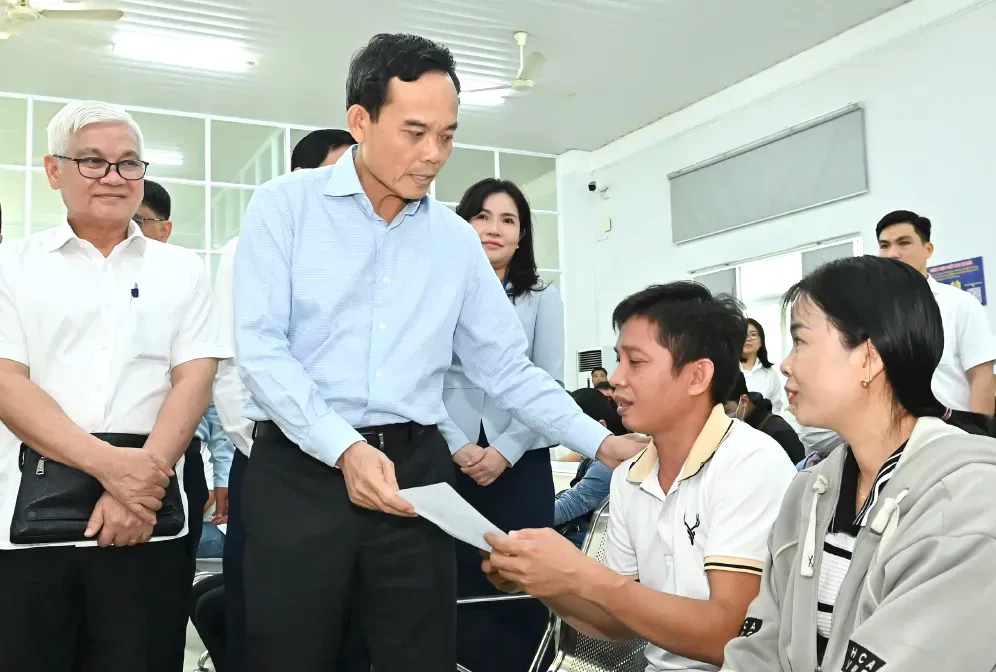
At the same time, the city is advancing a two-tier local government model aligned with the national policy, creating a more agile, responsive administration. Early results show promise greater flexibility, closer engagement with citizens, and faster problem-solving at the grassroots level. Secretary Tran Luu Quang emphasized that every person must change their mindset and management methods; the old way no longer fits this new era.
The Politburo has issued four key pillar resolutions, complemented by specialized directives that set a clearer, more open framework for growth. These policies, coupled with enhanced decentralization and delegation of authority from the government, give Ho Chi Minh City greater autonomy and greater responsibility to shape its future.
Yet, as Secretary Tran Luu Quang acknowledged, new opportunities come with significant challenges. The city’s two foremost priorities are to maintain peace, security, and social stability ensuring a livable and attractive environment for residents and investors and to channel all efforts toward accelerating development, reaffirming its role as the country’s foremost growth pole.
The city’s immediate mission is to clear long-standing obstacles in infrastructure, planning, and administrative procedures, prioritizing the legitimate interests of citizens and businesses. With clear accountability across all levels of government, Ho Chi Minh City aims to build a renewed sense of confidence and optimism where people can see tangible progress and believe that the city is truly changing for the better.
At the same time, a key priority for the coming term is to strengthen unity across the newly expanded Ho Chi Minh City. Secretary Tran Luu Quang noted that the city’s leadership is deeply committed to fostering solidarity and mutual support among all localities after the merger. This cohesion, he noted, must be reflected both emotionally and ideologically among officials, Party members, and citizens while also ensuring the seamless integration of each region’s potential and strengths through synchronized planning and socio-economic infrastructure.
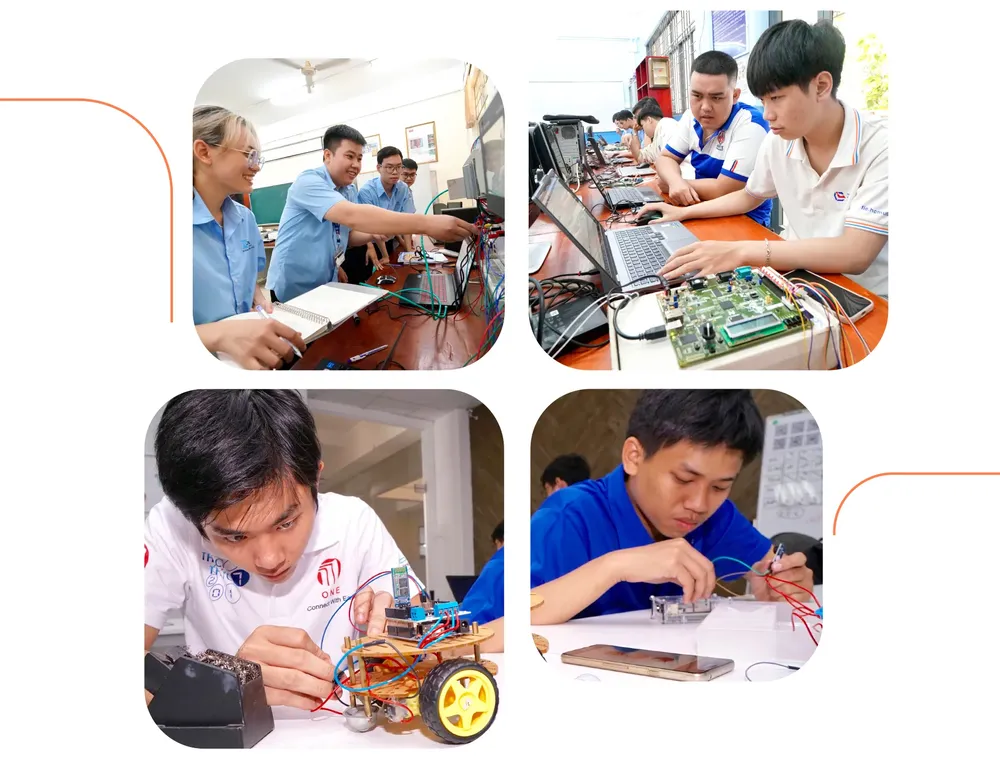
Each area of the unified city brings unique advantages, and when connected effectively, these strengths will complement one another, creating a stronger, more balanced growth dynamic. The goal is for the entire metropolis to function as a unified whole leveraging regional assets while preventing uneven or localized development.
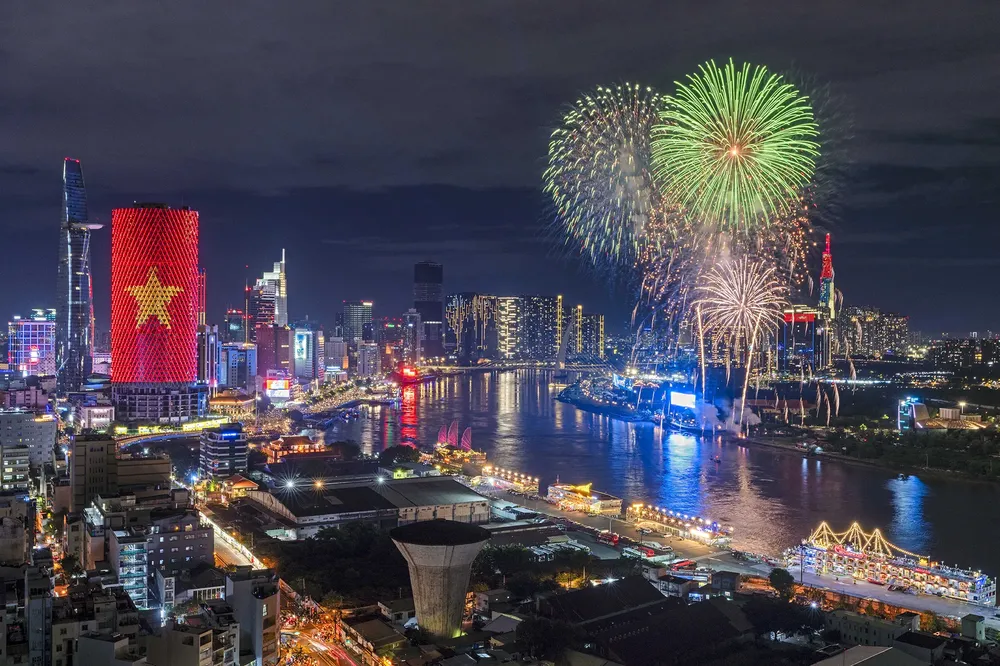
The city will concentrate resources on advancing key economic sectors such as finance, commerce, modern industry, logistics, and high-quality services. Alongside economic growth, Ho Chi Minh City aims to maintain and enhance its role as the nation’s foremost hub for culture, education, healthcare, science, technology, and innovation. Digital transformation remains a central pillar accelerating smart city development, improving governance efficiency and labor productivity, and ultimately enhancing the quality of life for every resident.
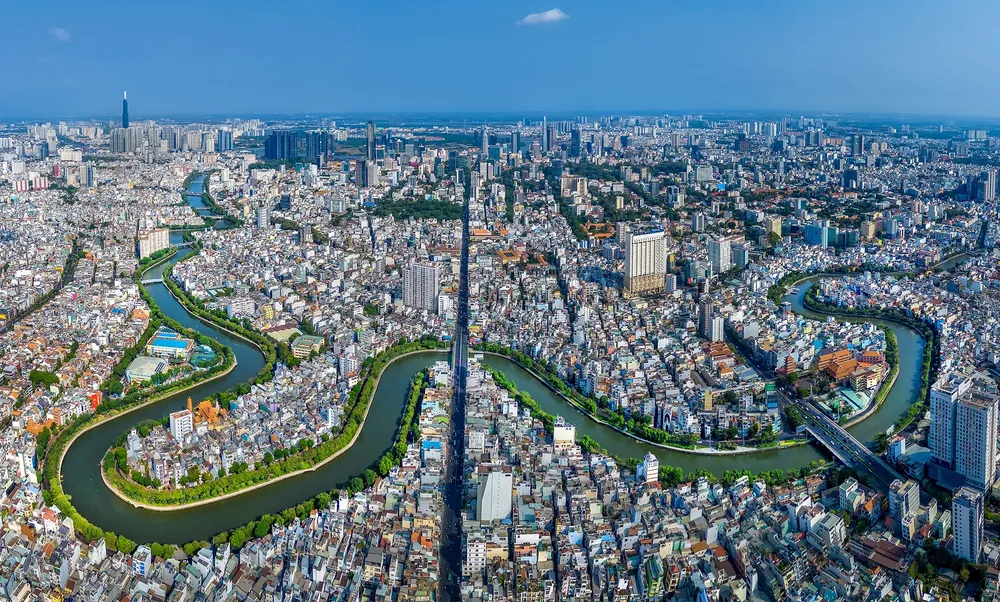
The overarching objective, Secretary Tran Luu Quang affirmed, is to ensure that Ho Chi Minh City continues to lead the nation into the new era not just through growth, but through innovation in mindset and action. All strategic orientations ultimately aim to make life in the city more prosperous, fulfilling, and happy.

He underscored that the scale of upcoming challenges demands fresh thinking and new approaches, emphasizing that people should not define themselves by where they come from whether Ho Chi Minh City, Binh Duong, or Ba Ria–Vung Tau but act with shared responsibility in this unified whole as only when every people move in the same direction, uniting in thought and action as members of one great Ho Chi Minh City family, they can truly build collective strength.
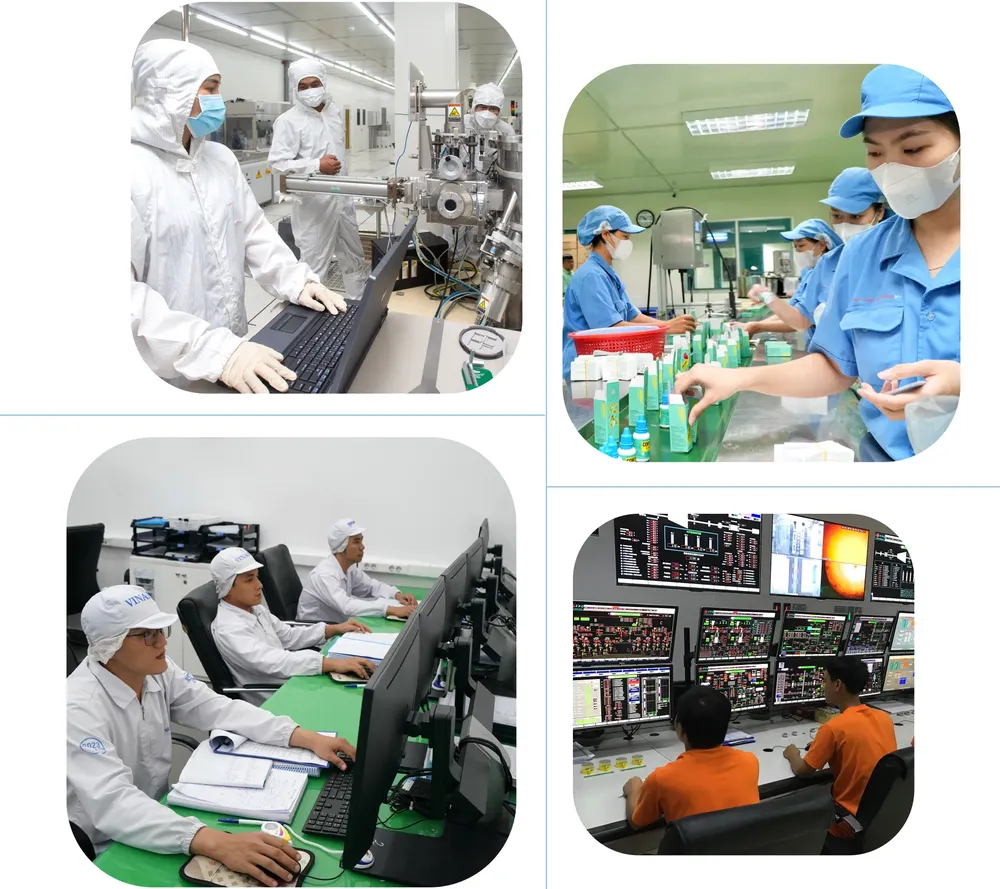
He urged all Party members and officials to embody the motto ‘dare to think, know how to act, and dare to take responsibility’ always placing the common good above personal interests and working for the benefit of city dwellers, the city, and the country. Listening to citizens and businesses, being close to them, and taking decisive action to solve their problems, he added, are essential to sustaining the city’s progress.
All these orientations and priorities are clearly reflected in the draft documents presented to the Congress of the Ho Chi Minh City Party Committee. After incorporating valuable contributions from delegates, the Congress is expected to finalize a coherent system of development strategies, laying the foundation for a new stage of dynamic growth driven by shared determination and unity.
What matters most now, Secretary Tran Luu Quang emphasized, is clear direction and collective effort from every level of the organization. ‘The future does not simply extend from the past,’ he concluded. ‘A bright future comes from vision, aspiration, and the united efforts of all. Future must be built not with slogans or promises, but with tangible results from the smallest task to the most challenging so that by the end of this term, we can take pride in what we have achieved together, truly worthy of being citizens of the city named after beloved Uncle Ho.’
